Bart Prince: The Albuquerque Architect Who Lives in a Spaceship
Weird and whimsical wonders by one of New Mexico's most famous architects
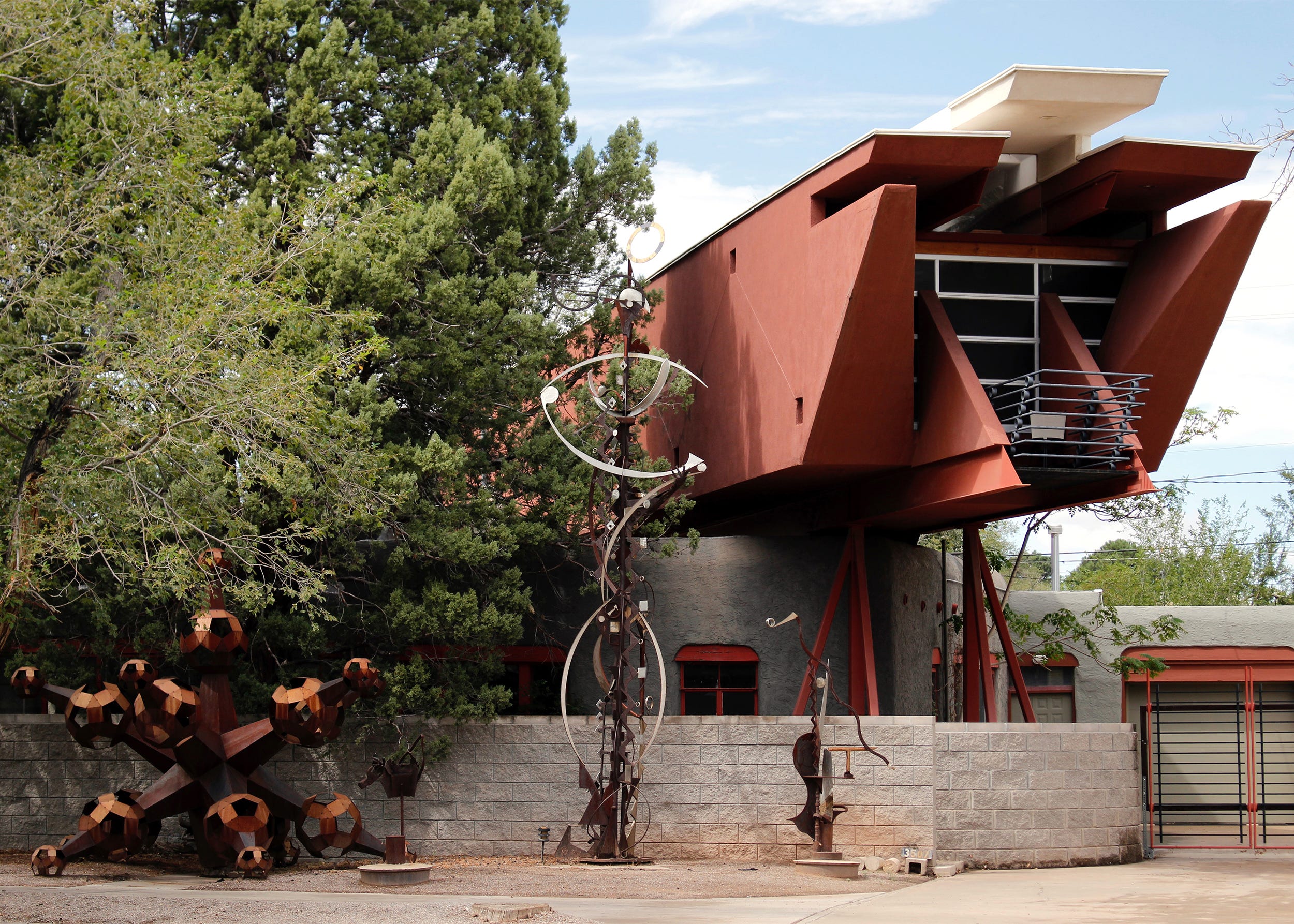
ALBUQUERQUE, N.M. — For over five decades, architect Bart Prince has been told time and time again, “You can’t do that.” This has never given him a moment’s pause.
Prince is internationally known for designing large buildings with strange shapes, complex angles, and a complete and utter disregard for the traditional Adobe style that typically defines New Mexico architecture.
He intentionally avoids the boring brown stucco and Adobe look that is so distinctive to the Southwest. His dislike of the style goes back to his childhood when he spent summers at his grandparents’ home in Santa Fe.
His grandfather, son of LeBaron Bradford Prince (governor of the New Mexico Territory from 1889 to 1893), lived in a historic Adobe home.
“I can still remember feeling like the houses where my family lived, all Adobe and stone, were these creepy, dark places. I thought, ‘Why are people living in these?’”
The stereotypical “Santa Fe Style” comes from a very specific place and time, and the materials used then were chosen simply because that’s what was available, he says. It doesn’t make sense to keep building with them today.
“I could see why the Indians lived in these homes. But I felt like we ought to be doing the same: building for ourselves, in our time… not imitating something else.”
Prince’s home designs look futuristic, space-age, and even whimsical. He uses uncommon building materials, including cork, wine bottles, black steel pipes, and copper sheet metal. He insists he’s not choosing such bizarre materials to make a point. He’s just using the right materials for the particular design of each home.
At his personal residence, which he designed and built himself, he used a selection of unusual materials. His gargantuan-sized pivoting door, for example, has embedded glass ashtrays to let in light while still offering privacy. He’s quite proud of the end result.
“I remember a famous architectural historian who had come to visit. He sat down in here, and he started saying, ‘You know, I haven’t felt like this since I sat in one of Frank Lloyd Wright’s great buildings.”
With every home project he has ever undertaken, he says, he’s always been told “no” by somebody at some point in the process.
His initial drawings are frequently rejected by homeowners’ associations, design review boards, building departments, and even local residents who walk past his homes and are not afraid to state their displeasure.
“It doesn’t matter. They can say whatever they want. You do get some people that are just nasty. Neighbors, mostly. But for the most part, they just don’t understand. I don’t blame them necessarily,” he explains.
“I mean, it usually comes down to personal taste with people, and you know… they’re welcome to their taste.”
No matter the challenge or resistance, however, he has always found a way to keep moving forward.
“I’ve never had a home where it didn’t get built the way I wanted it,” he says.
Prince knew from his first few days of classes in college that his sense of design would get pushback. At Arizona State University, where he earned a bachelor’s degree in architecture, the faculty appreciated his work ethic but often challenged him.
“In school, they thought I was wild.”
Professors would often criticize his approach.
“I would say, ‘Well, why?’ Then we’d get into a discussion about it, and we’d finally realize we just don’t agree. They were coming from an academic standpoint of ‘there are certain rules for architecture and certain things you do and certain things you don’t do.’”
“But they couldn’t say no! Because I was such a busy guy. If a problem they gave required one drawing, I did ten. If it required one model, I did four,” he remembers.
“I think a lot of what you see in architecture today is what falls off a building in an earthquake. I mean, you see a lot of buildings—steel frames—going up, and then they stick stuff on it. It’s almost like icing. That’s what they call ‘the architecture.’ Well, that isn’t architecture. That’s just sticking on a façade. The architecture has to be something integral: the structure is part of the design, and you don’t separate them.”
Architectural styles are hard to define, though, so while Prince is proud to say he is rebelling against the traditional New Mexico style, he refuses to admit that he has his own style. He doesn’t want to.
“I don’t really believe in ‘style.’ What I believe in is: with each building, you start over again. You’re responding to a new client, a new site, and climate. Everything is different. So I don’t know what I’m going to do until I get there,” he says.
Many of his houses don’t even look like houses. Their unusual size, shape, materials, and color make them resemble objects like airplanes, bridges, caterpillars, concert halls, grain silos, castles, wizard’s hats, and even snails.
This sometimes results in their eventually collecting nicknames from the public. His own design studio, where he lives and works, is called “The Spaceship” by neighbors and visitors who stop in front of the home to take selfies.
Sometimes, Prince’s designs have even caused public controversy. A commercial office building he designed in the 1970s (which has since been torn down) gained a lot of unflattering attention from the local news media.
“Some people called it ‘an aircraft carrier.’ Others nicknamed it ‘Jaws’ because it had all these triangular windows, and the newspapers would make a big thing about it and say: ‘The kids are afraid to go by it on their way to school,’” he recalls.
Over the years, he’s grown immune to criticism about his work.
“It doesn’t matter. They can say whatever they want. I got used to that pretty early on.”
Not all the attention his design technique has gotten is negative. One renowned subject-matter expert liked Prince’s designs so much that he wanted to live in his very own Bart Prince home.
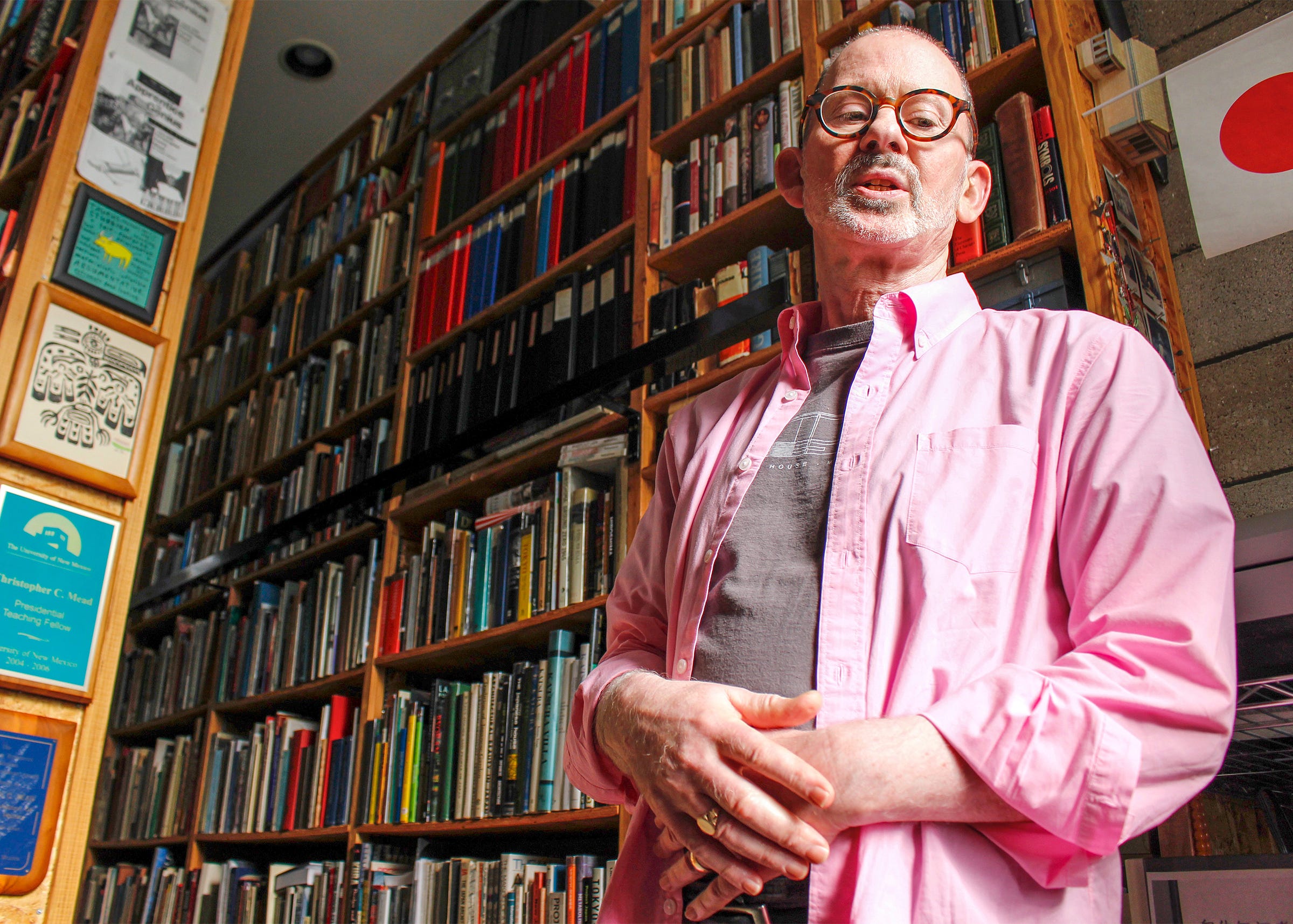
Christopher Mead, Ph.D., a retired professor of architecture and art history at the University of New Mexico, first discovered Prince’s work after moving to Albuquerque in 1980.
His friends told him he just “had to go see those weird houses” in the area.
Mead has written two books on Prince’s architecture and lives with his wife, Michele Penhall, in a home that Prince designed.
As the home was being built, Mead was teaching at the university, so he invited students to come to the job site and watch the process unfold.
“I learned a lot, too,” Mead says. “The best way to learn about it is to watch. And I was my own student and learned the whole process of construction.”
Some of Mead’s friends and colleagues wondered why he didn’t choose a more historical home design style.
“People told me: ‘You’re a historian. This is New Mexico. Why don’t you do a Spanish Colonial or Adobe kind of style?’”
He rejects the assertion that being historical means choosing an ancient home style.
“Prince is a New Mexican architect. He’s just as authentic as anybody else. He’s practicing architecture now. This is a way to be historical.”
Towering eight feet above the other houses on his block, Mead’s house sticks out with its green stucco and corrugated sheet metal walls. Oriented diagonally on the lot, the home is 100 feet long and looks like a giant submarine resting on brick stilts.
Shockingly, the home was built without any variances to the local building code. In fact, Mead used his home as an example of how to build a house imaginatively without needing special permission or deviating from standard building practices.
“Look at my house,” Mead told his students as it was being built. “My house is built to code, and it doesn’t look like the house next door. That shouldn’t be possible unless you assume that code looks like something.”
Simply driving through Mead’s neighborhood underscores this perceived disparity: his house is a jaw-dropping monstrosity nestled among the more humble, “normal” looking homes on an otherwise unexceptional, quiet street.
At 71, Prince is still designing homes, in addition to the time he spends speaking across the country and abroad. He has lectured at Yale, Columbia, and internationally in places like France, Bulgaria, and Australia.
There’s no doubt he has led a fascinating life. He designed a home in Aspen, Colorado, for Barbie Benton, a model who posed for Playboy Magazine and dated Hugh Hefner. He was good friends with the painter Georgia O’ Keeffe and displays some of her works in his home studio.
He has received multiple design awards, including the International Excellence in Design Award and three Architectural Record House of the Year Awards.
If he hadn’t chosen to pursue architecture, he says he would most likely be a musical composer. He views the art form as similar to architecture.
“It’s just a different medium. It’s the same thought process.”
He enjoys the Russian masters Prokofiev and Rachmanoniv, but his favorite musical composer is Claude Debussy.
Like the Frenchman, Prince eschews traditional style, rejects norms, breaks established rules, and has received a fair share of criticism and acclaim in the process.
This article was written in 2018 when I was a journalism student at Metro State University of Denver. I’m moving it over from my personal blog so it can live and breathe again.



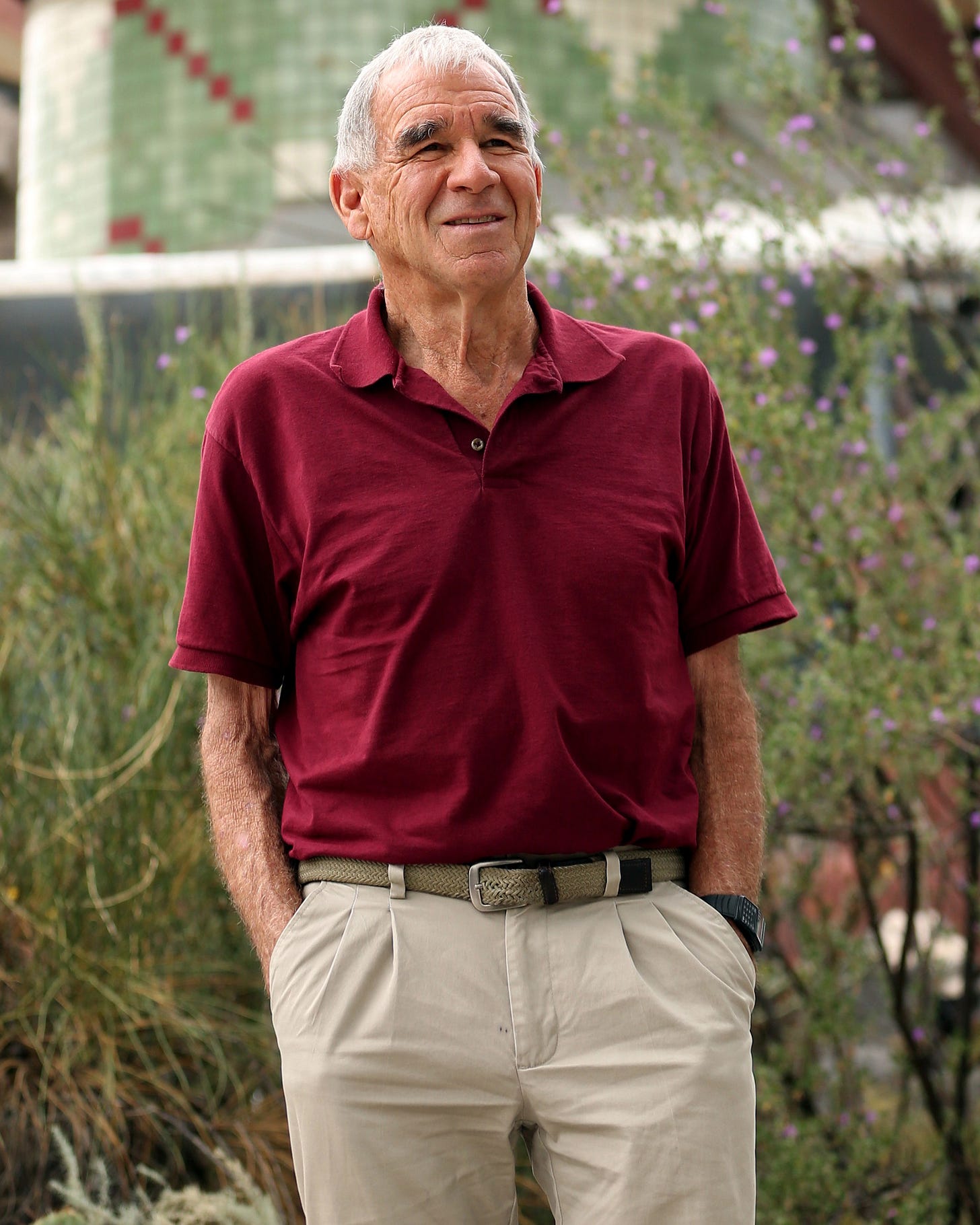
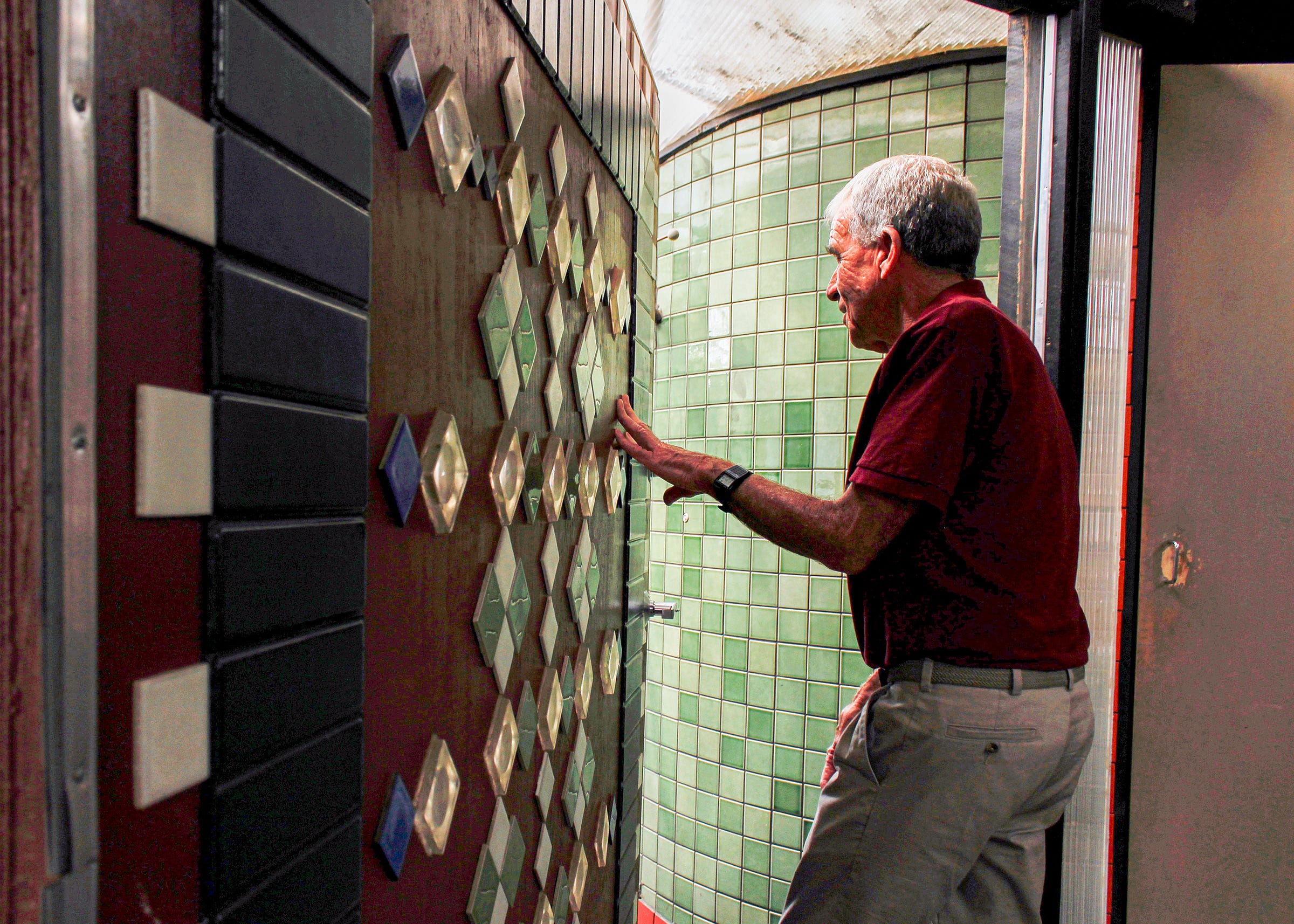
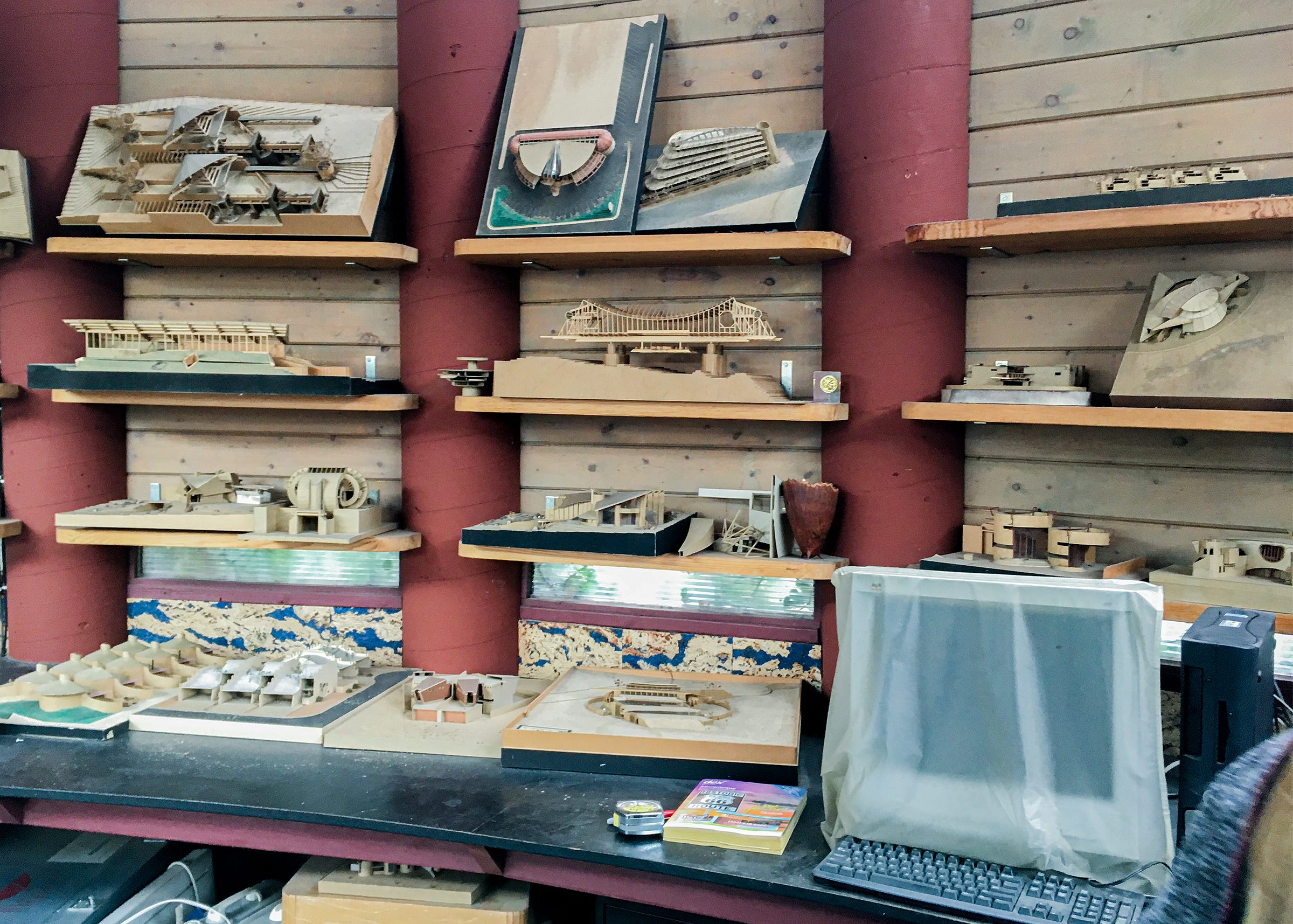


I once sent a jokey postcard from Santa Fe back home asking why everyone here wants their house to look like a Taco Bell. But seriously folks, my only concern with this stuff is that like Howard Roark’s architecture in The Fountainhead movie, you can easily create dramatic shapes in architecture that are ultimately arbitrary exercises in style, like tail fins on 1950s cars. This isn’t immoral, but neither does it move architecture “forward” in the sense of material improvement, reducing weight or cost, providing better shelter, better structures. Such was at least the goal of Richard Buckminster “Bucky” Fuller in his lifetime of experimentation. Not that he always succeeded, but he was aiming at certain ideals